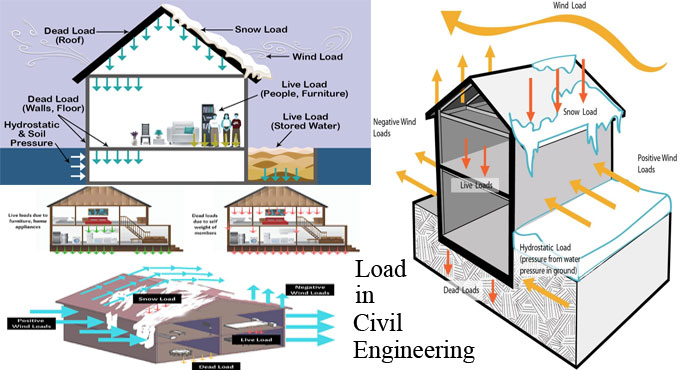NEWS | SOFTWARE | SHEET
Types of Load on Structures: A Comprehensive Guide
The loads on the construction structure refer to the stresses, forces, or pressures which can act upon the building or any kind of other engineering structure. The structural loads are the external forces that can affect the construction structure as well as influence the stability, performance and durability of the engineering structure.
The ability of the construction structure to stand with different types of loads helps to determine the durability and stability of that construction structure. These structural loads exert forces on the structure of the building which can influence the material choice, the design of the construction structure and the structural integrity of the construction structure.
In this context, the analysis of the different load types is important for civil engineers which enable the engineers to create a building structure which has the ability to stand with diverse challenges posed by the environment.
Different types of Loads in the Civil Engineering Project
The loads of the building structures have been categorized into several types of loads including horizontal loads, vertical loads and longitudinal loads. The horizontal loads have been categorised into two types including earthquake load and wind load, whereas, the vertical loads have been categorised into the dead load, snow load and live load. Apart from that, there are other special types of loads including load combinations, accidental loads, settlement loads, thermal loads, soil and fluid loads. For each of the structural loads, specific and more precise calculation is necessary. The different types of loads have been discussed as follows:
Live Load
Live load also known as imposed load refers to that load which can vary over time. The weight of the load has fluctuated while people have been moved through the construction structure. As an example, anything in the building which is movable as well as not connected to the structure of the building leads to the live load. The calculation regarding the gravity load of the building structure helps to take the live load into account. The maximum load that has been anticipated serves as the basis for the minimum criteria of the live load. The live load on the structure has been described as the uniformly distributed load which can be taken into account in the meantime of calculating the gravitational load.
Dead Load
This type of load refers to the static or permanent load which does not change over a time period. As an example, the weight of the structural component of the building structure including walls, roofs, beams, and structural flooring. Examples of dead loads include built-in cabinets, immovable fixtures, and permanent non-structural barriers. The weight of the building structure or other type of permanent component makes up the dead loads. Each dead load of the building structure can be determined by multiplying the unit material weight by the volume of each material.
Snow Load
The weight of the large amount of snow places a significant strain on the building structure. In this context, the weight of the snow depends upon several factors which include the variation in the temperature, the different moisture content and other factors.
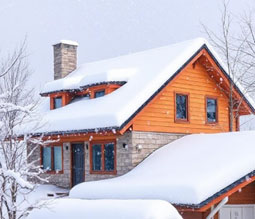
Wind Load
The movement of air relative to the structure of the building helps to impose the wind load. This type of load may not be a worry for low-level, small or large building structures as this type of load becomes more relevant along with the height, while the lighter material has been used as well as while the design alters the airflow. In this context, additional support is important to stand with the wind stresses.
Earthquake Load
Due to the earthquake vibration, the inertia force has been created which can lead to the earthquake loads. This type of load depends upon several variables including the structure parameters, seismic activity hazards, and gravity load. The inertia forces have been also changed along with the mass. By the impact of excessive earthquake load, the structure of the building might break down or sustain damage. The mass weight of the building, the length and severity of the earthquake, the variation in the stiffness among the adjacent floors and other factors affect the earthquake loads.
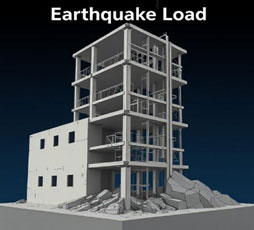
Load Combination
In the case of different types of loads that have been operated on the structure of the building, a combination of the loads has been created. A range of load combinations has been provided along with several load factors which are described in the standard code:
- DL+WL
- DL+IL
- DL+IL+EL
- DL+IL+TL and more
In this context, DL is the dead load, WL is the wind load, IL is the imposed load, EL is the earthquake load and TL is the temperature load.
Accidental Load
This type of load has occurred due to some human activity which includes explosions, crashes or fires. Dropping items from trucks, cranes, and other types of things is an example of the impact of accidents. These impact loads are the rapid loads which can be put on the construction structure for a short period of time as compared to the other types of loads that are imposed on the building structure. While the accidental loads act on the structural parts of the building, more stresses has been put on the building structure.
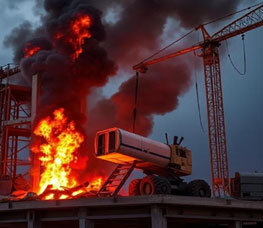
Settlement Load
This type of load refers to the that phenomenon can occur in case one section of the building structure settles more gradually rather than the other section of that building structure.
Thermal Load
This type of load refers to the contraction or expansion of the materials due to the change of the temperature as well and materials have the potential for applying stresses to the building structure.
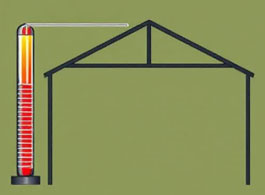
Soil and Fluid Load
In case there is an excessive flow of water in the soil, the density of the soil has been affected which leads to the soil and fluid load.
